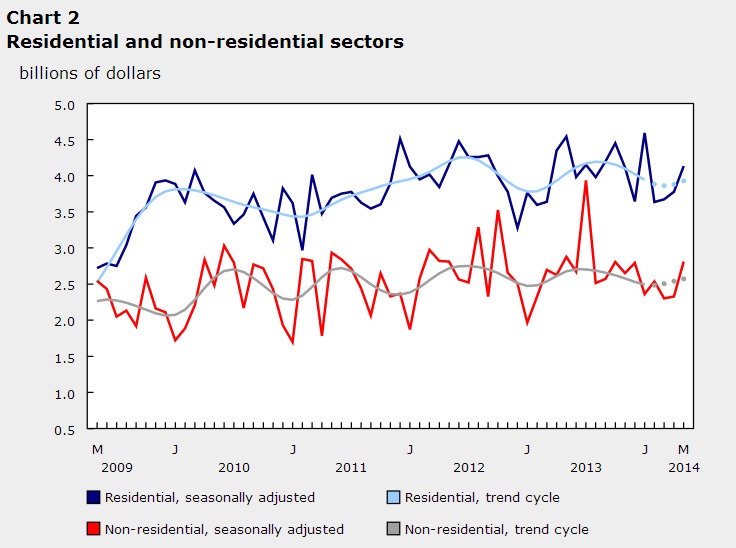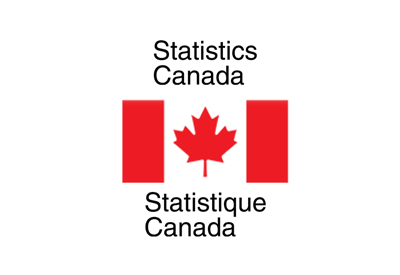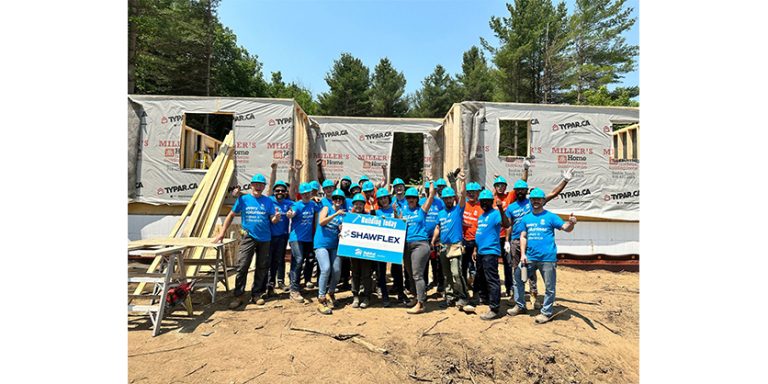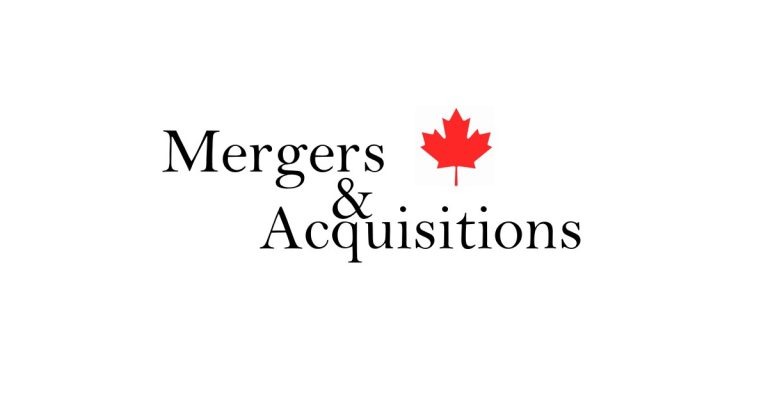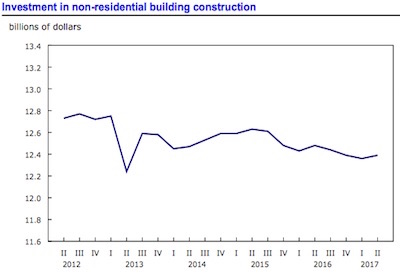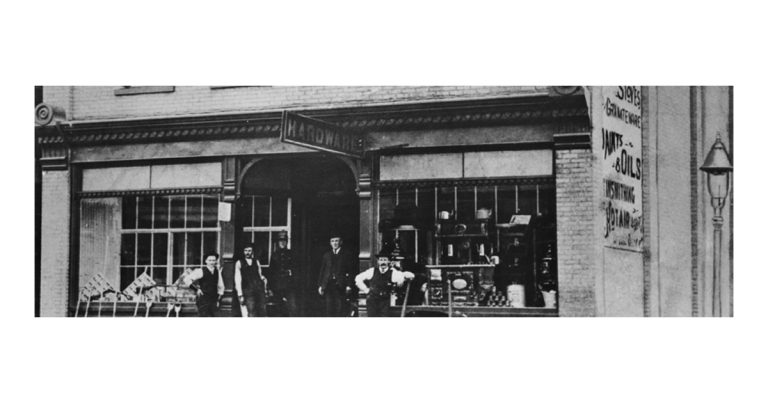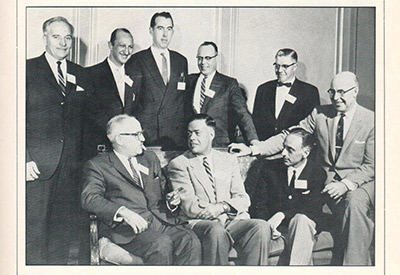Building Permits Continue Slow Upward Trend, reports StatsCan
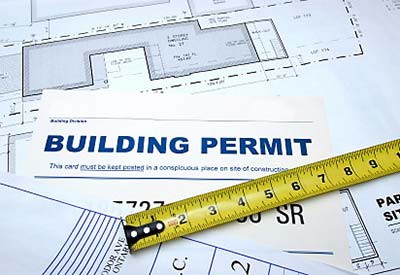
The month of May saw municipalities issue building permits worth a combined $6.9 billion, StatsCan reported. That’s up 13.8% from April and follows a 2.2% rise in the previous month. The increase in May was primarily from higher construction intentions for commercial buildings in Ontario and Manitoba, as well as multi-family dwellings in British Columbia. “The total value of permits has been on a slight upward trend since the beginning of 2014,” StatsCan noted.
Save for Quebec and Nova Scotia, every province posted gains, with Ontario, British Columbia and Manitoba registering the largest increases.
Construction intentions for residential dwellings rose for the third straight month, marking an increase of 9.5% to $4.1 billion in May. Higher residential construction intentions were recorded in eight provinces, led by British Columbia, followed by Ontario and the other western provinces. After two consecutive monthly gains, Nova Scotia posted the largest drop of all the provinces in May.
Meanwhile in the non-residential sector, the value of permits rose 20.8% to $2.8 billion. Increases were seen in seven provinces, led by Ontario and Manitoba. Quebec, Saskatchewan, and Nova Scotia all saw declines following large increases in all three provinces in April.
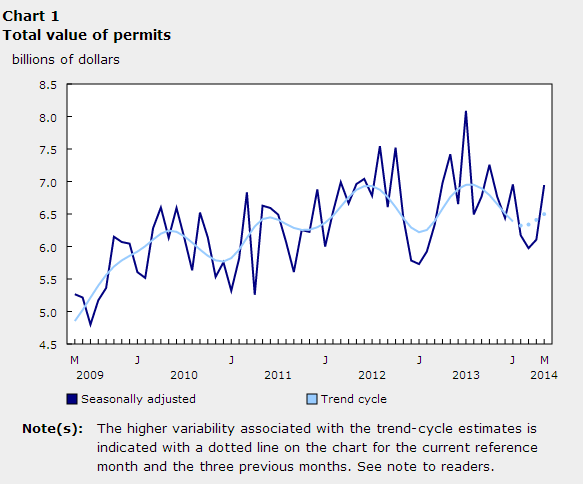
Residential Sees Increase
Construction intentions for multi-family dwellings climbed 16.1% to $1.9 billion in May, marking the third consecutive monthly increase. “Higher construction intentions for apartments and apartments-condominium projects in British Columbia and, to a lesser extent, Alberta, Manitoba and Saskatchewan contributed to this gain,” StatsCan said. Nova Scotia, Quebec and Prince Edward Island all saw decreases.
The value of building permits for single-family dwellings rose 4.6% to $2.3 billion, the second consecutive monthly increase. Eight provinces saw increases, with Ontario recording the largest gain. British Columbia and Saskatchewan registered declines.
Canadian municipalities approved the construction of 17,415 new dwellings in May. That’s up 11.8% from April, an increase StatsCan attributed to multi-family dwellings, which saw a 17.3% increase to 11,330 units. The number of single-family dwellings posted a 2.8% increaseto 6,085 units.
Commercial Building Permits Mark Strong Increase
The value of non-residential building permits registered saw its biggest monthly gain since July 2013, an increase attributed to a big pick-up in construction intentions for commercial buildings. They rose a more-than-respectable 39.4% to $1.8 billion. That’s the highest level so far in 2014, an advance that came from a variety of commercial buildings, including warehouses, retail complexes, recreational facilities as well as hotels and restaurants. In total, nine provinces saw gains, with Ontario and Manitoba registering the largest advances.
In the industrial arena, the value of permits rose 22.4% to $441 million. “The increase was largely attributable to higher construction intentions for manufacturing plants in Quebec and Alberta, as well as primary industry buildings in British Columbia,” StatsCan said. Declines, meanwhile, were seen in three provinces, with Ontario registering the largest drop.
Following April’s 37.5% increase, the value of permits for institutional buildings dropped 16.6% to $555 million in May. Five provinces saw decreases, but the overall drop was specifically attributed to lower construction intentions for government buildings in Quebec and medical facilities in Saskatchewan. “Alberta and British Columbia recorded large increases, as a result of higher construction intentions for educational institutions.”
Provincial Breakdown
Of the eight provinces that saw an increase in the total value of permits, Ontario led, followed by B.C. and Manitoba. For Ontario, substantial increases in commercial and single-family construction intentions, StatsCan noted.
The increase in British Columbia, meanwhile, was the result of higher construction intentions for multi-family dwellings and non-residential buildings. Manitoba’s numbers increased due to gains in commercial buildings and multi-family dwellings.
“In contrast, the decline in Quebec was the result of lower construction intentions for institutional buildings and multi-family dwellings,” said StatsCan.
Higher construction intentions in most census metropolitan areas
Twenty-three of Canada’s 34 census metropolitan areas saw construction intentions rise in May, with Toronto seeing the biggest jump, followed by Vancouver and Winnipeg.
The increase in Toronto was largely attributable to commercial buildings and multi-family dwellings, StatsCan explained. Vancouver’s gain was a result of higher construction intentions for multi-family dwellings, and Winnipeg’s came from commercial buildings.
London, Hamilton and Québec saw the largest drops in total value of building permits. London’s decrease was due to lower construction intentions in all components, save for single-family dwellings. Hamilton’s drop came from a decrease in institutional buildings and multi-family dwellings, and while in Québec, commercial buildings were mainly responsible for the decrease.